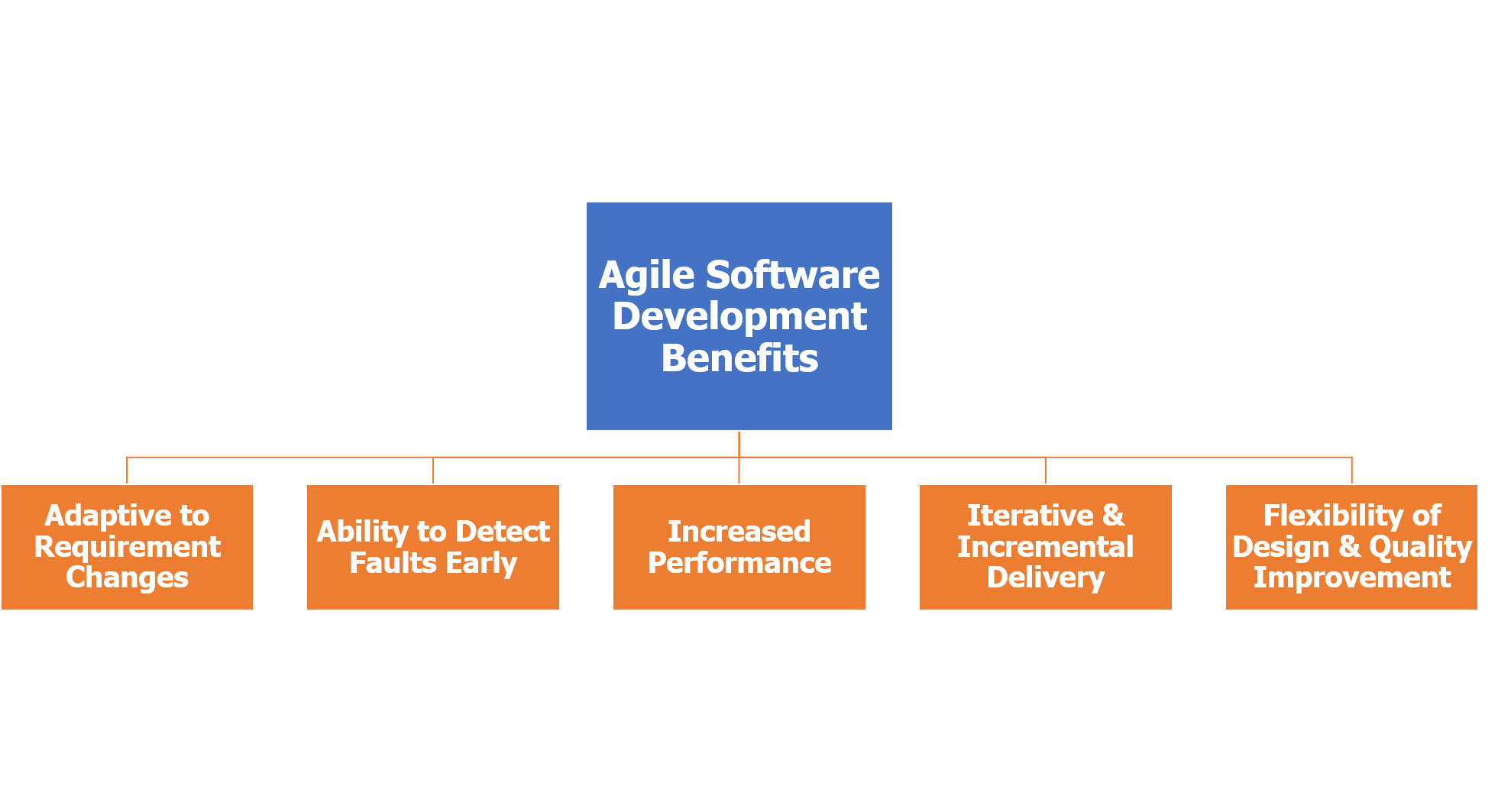
Sign up to receive latest insights & updates in technology, AI & data analytics, data science, & innovations from Polestar Analytics.
Traditionally, the development of any software used to be preceded by first defining the “outcome”. With the outcome defined, the development team then proceeded to develop the piece of software according to defined customer needs.
However, this approach ran into multiple problems with the demand for software development exploding. User needs and requirements used to change often. Software development used to be a time-consuming process and usually by the time the software development was complete, the user requirements and needs would have changed considerably from the time when they started. This led to the demand for flexible development methodologies that would make it easier and faster to develop software.
Such demand for flexibility revealed the benefits with Agile Methodology, which refers to an iterative process of collaboration, feedback and doing small increments to fit into the customer needs better. It requires reliable communications and interactions between departments to bring about interpersonal development.
The agile project methodology gives priority to individuals and interactions over processes and tools, a workable software over comprehensive documentation, collaborating with customers instead of contract arbitration, and reacting to changes instead of following a plan.
Agile is an alteration in the way of contemplating development. Sometimes, the change is so profound that it spreads across the organization, leading to agile marketing, agile HR, and an utterly agile company.
The agile methodology developed in the 1980s when the existing such as waterfall methodology with its extensive documentation and heavyweight approach began running into problems. The current methods took a long time to develop, and by the time the solution was developed, business requirements had changed. Often projects would have to be cancelled midway, or the final solution seldom reflected the existing business requirements. As an extreme case, the NASA space shuttle program from the 1980s was using information processing systems from the 1960s.
This brewing frustration among software thought leaders led to the chain of informal meetings where they wanted to come up with a new robust approach to tackle this problem & resulted in the famous Snowbird meeting in Utah in early 2001, where formally the “Agile Manifesto” was signed by a group of 17 software leaders.
The agile methodology is rooted in a few management principles that were a landmark in the history of the software development lifecycle- placing lesser importance on processes, comprehensive documentation, adherence to a strict plan and tools and more on individual interactions with people, collaboration and responding fast to changes. Agile methodology offers organizations flexibility in terms of delivery, user adoption, and ROI. Benefits of Agile methodology including flexibility in terms of delivery, user adoption, and ROI for organizations.
Learn more about how to implement an enterprise wide BI implementation and which approach to take
GET YOUR BASICS RIGHT
Agile is especially very important in a business intelligence project because business intelligence projects span across so many business processes that feedbacks is frequent and it becomes necessary to incorporate this feedback into a continuous process of discovery to adapt to the changing business requirements. Within the Agile system, the focus is on delivering value through manageable chunks of software delivery. It focuses on delivering fast value. It offers organizations flexibility in terms of delivery, user adoption, and ROI.
In most business intelligence projects, few stakeholders have a clear idea of what is needed. Even that is often too are not articulated well, resulting in many of the requirements and expectations not communicated at the beginning of the project. When the waterfall approach is followed, then data warehouse solutions, dashboards and reports may get developed with these incomplete requirements, which will miss many parameters.
Also, many of the stakeholders who have no involvement early on in the project and when they start using the system, they find out that some of the critical parameters are missing, some piece of data would be excellent to have, some requirements are lost altogether, leading to scope creeps and delay. Which needs a methodology like agile in place to ensure that the parameters can be added in the next run.
The data analytics project team needs to deliver the project fast. At the same time, the solution must remain flexible to accommodate changing requirements during the project. They must make sure that the solution developed can be adapted easily. The worst nightmare for the project manager will be when the developed solution is not aligned with the user requirements. Otherwise, the user will not use the solution and the investment in BI solution goes down the drain.
Understand the key attributes of agile demand forecasting and planning with use cases in finance, sales, supply chain, and workforce functions.
KNOW MOREExtensive user involvement and iterative & incremental delivery to arrive at relevant business requirements are two main imperatives of any BI solution. And agile methodology ensures just that.
At Polestar Analytics, we are a leading analytics implementation company adept at following Agile Methodology to deliver world-class, enterprise-grade projects in Microsoft Business Intelligence, Qlik & SAS. Get in touch with us to know more how we can be your partner of choice in your transformation journey to have an Agile Business Intelligence platform.
About Author

Insights Explorer
If data is oil, then analytics is the combustion engine of this current era.